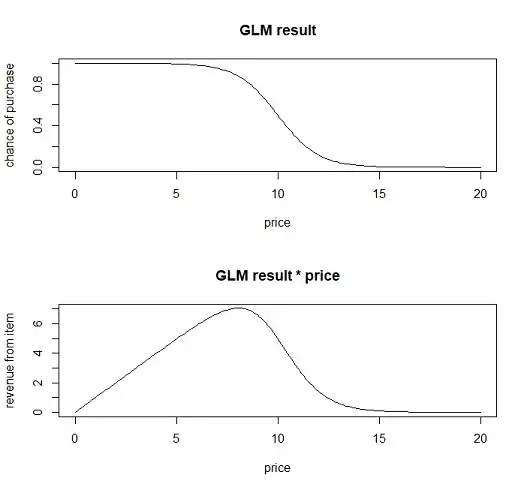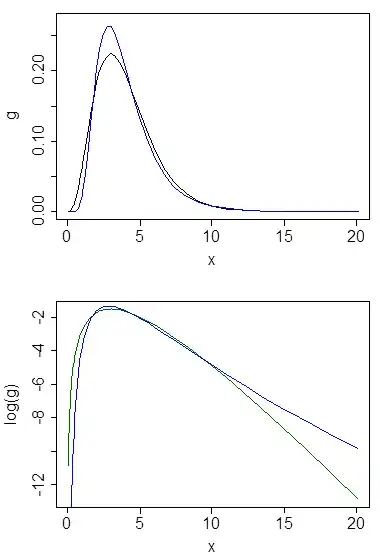I'm dealing with 2 data vectors $A$ and $B$, that, after some processing, need to be truncated (or rectified, not sure what the correct term is), i.e.,
$A_{trunc} = abs(A),$ and $B_{trunc} = abs(B)$.
$A$ represents samples drawn from a uniform distribution and $B$ represents samples drawn from a gaussian distribution. I am interested in analytically determining what the relationship between the standard deviations of the original and truncated versions of the data are.
Clearly the standard deviations should be smaller. I did a simulation, and based on the results, I think that a truncated uniform distribution has ~50% the standard deviation of a non-truncated version, and I also find that a truncated guassian distribution has about ~60% the standard deviation of a non-truncated version. Code below:
%In this function we simulate the effects that truncation/rectification have on mean
%and variance of uniform and gaussian distribution
%In both cases, we expect mean to increase, and variance to increase
num_sim = 1000;
u_mean = nan(num_sim, 2);
u_sigma = nan(num_sim, 2);
g_mean = nan(num_sim, 2);
g_sigma = nan(num_sim, 2);
for k=1:num_sim
%uniform distribution
u_unrect = unifrnd(-1,1,[1000,1]);
u_tmp = u_unrect;
%u_tmp(u_tmp<0)=0;
u_tmp = abs(u_tmp);
u_rect = u_tmp;
u_mean(k,1) = mean(u_unrect);
u_mean(k,2) = mean(u_rect);
u_sigma(k,1) = std(u_unrect);
u_sigma(k,2) = std(u_rect);
%gaussian distribution
g_unrect = normrnd(0,1,[1000,1]);
g_tmp = g_unrect;
%g_tmp(g_tmp<0)=0;
g_tmp = abs(g_tmp);
g_rect = g_tmp;
g_mean(k,1) = mean(g_unrect);
g_mean(k,2) = mean(g_rect);
g_sigma(k,1) = std(g_unrect);
g_sigma(k,2) = std(g_rect);
end
u_ratio = mean(u_sigma(:,2))/mean(u_sigma(:,1))
g_ratio = mean(g_sigma(:,2))/mean(g_sigma(:,1))
But I'm having a real hard time figuring this out analytically for either case! How do you go about showing this result?

